Most of my life I have been living in Amsterdam, but I was born in Alphen aan den Rijn, a small town 15 km from Leiden. Of course I have been in Leiden many times in my youth, but I have never really explored the town.
Therefore, on the first Sunday in September, I took the train to Leiden Central Station and visited the town. Leiden has a long history. It received city rights in 1266 and flourished in the 16th and 17th century, because of the cloth industry. Here is a map of Leiden in 1690
And here is a Google Earth view from 2008. It is remarkable how the historic town center is still easily recognisable. The blue markers indicate some of the locations where I have taken pictures.
The 1690 map is full of interesting details, Click here for a large size image. Count the windmills on the city walls! And notice that numerous canals have nowadays been filled in to become roads.
These days only two windmills are left. The Valk mill will draw your attention when you walk from the station to the old town. The water in the foreground is one of the singels (moats) surrounding the 17th century town.
De Valk is a tower mill, built in 1743, replacing an older mill. In the past the miller was living in the mill with his family, nowadays it is an interesting museum. The mill is built so high to catch the wind. In the right picture you see the wheel to rotate the top of the mill in the direction of the wind. This is a cornmill and still operational
The lower floors show how in the past people were living here.
You have to climb many steep ladders to reach the top of the mill. The complicated machinery (wooden gears!) always fascinates me.
- The top part can rotate
- Two mill stones
- Machinery inside the mill
- Speed control?
The second windmill on the ramparts is the mill de Put. Although there has been a mill here since 1619, several times rebuilt, it was destroyed in 1817. Only in 1983 the mill has been reconstructed and is now a museum. It is a so-called post mill, the whole mill structure can be rotated around a central axis.
The mill was under renovation when I visited Leiden. The bridge in the foreground is also a recent reconstruction of an old bridge. It is called the Rembrandt bridge, because not far from here Rembrandt, the famous Dutch painter, was born in 1606.
In a small park nearby there is information about him, with his statue, painting of course. All tourists want to have their picture taken here, and so did I…:-)
Both tourists and locals were enjoying the beautiful sunny weather. The cafe terraces, which in Leiden are often placed on floating pontoons, were crowded.
In the morning, the sky was incredibly blue. Left the monumental facade of the Stadstimmerwerf (town carpenter’s yard) built in 1612. Next to it the Doelenpoort (1645), in earlier days the entrance gate to the exercise grounds of the Schutterij , a typical Dutch institution in those days. Many houses had characteristic stepped gables..
Leiden has the oldest university of the Netherlands, founded in 1575. It is still one of the important ones, the royal family has been studying here.
This is the Academiegebouw, the oldest building in Leiden, in 1516 built as the chapel of a Dominican monastery. SInce 1581 it has been used by the university, nowadays mainly for ceremonial functions.
The Pieterskerk is the oldest church of Leiden, building started in 1121 and lasted hundreds of years. It is within walking distance from the Academiegebouw and a cortege of professors walks twice yearly from the university to the church, for the dies natalis (anniversary) and for the opening of the Academic Year. An old tradition, this year the 443th time! When I visited Leiden, they were very busy in the church with preparations for the ceremony the following day.
I would really have loved to watch the procession. Here is a video taken during the dies natalis ceremony of 2016. Fascinating.
The church had a 110 m tall tower,which collapsed in 1512 and was never rebuilt. Not so easy to take an overall picture of this church, also because houses have been built against the church walls.
The interior of the late-gothic building is very impressive. Of course it was originally a Roman-Catholic church, but after the Reformation and the infamous Beeldenstorm in 1566 it became a Protestant church in 1572.
Many famous people were buried here (Jan Steen, Boerhaave), but I had no time to find their tombs. Just a few more pictures. The magnificent Van Hagerbeer organ is from 1643.
The Hortus Botanicus (botanical garden) of the Leiden University is the oldest in the Netherlands and one of the oldest in the world. I had never before visited the Hortus, and spent quite some time there.
There are many greenhouses with tropical plants. Probably the most famous one is the Victoria amazonica, with leaves that supposedly can carry a baby.
The park is very attractive. Left a view of the singel, right the Japanese garden
Also in the garden is the Leiden Observatory. It is one of the oldest in the world, originally housed in the Academiegebouw. In 1860 it was moved to the Hortus and in 1974 to the science campus, outside the town center.
After my visit I had lunch in the Hortus cafe
Leiden has numerous “hofjes” and I visited three of them. A “hofje” is a courtyard with almshouses. Rich people in the 17th century founded such hofjes as a charity. The almshouses were meant for various groups, poor people, or spinsters, or foreigners without family, etc.
Nowadays they still have rules and regulations for the tenants. They are oases of tranquillity, many of them have free access , but you are expected to be quiet and not disturb the people living there.
Jean Pesijnhof (1683)
This hofje, near the Pieterskerk, was founded by the widow of Jean Pesijn. They came from France, had no children and the almshouses were meant for members of the Walloon Church. A beautiful, idyllic courtyard.
Eva van Hoogeveenhof (1652)
Eva came from a wealthy family and never married. As the inscription above the entrance gate says, she was a “virgo castissima et laudatissima” (Google for translation). In her will she had stated that the almshouses were meant for honest women, above 40 year old and unmarried..
Van der Speckhofje (1645)
Also know as St Pietershofje. A secluded one, you can easily miss the entrance gate.Founded by Pieter Gerritsz. Van der Speck. In his will he stated that four of the eight almshouses were meant for widows, the other four for elderly couples. Nowadays younger people are housed in this little gem.
The town hall of Leiden stood in the Breestraat as early as the Middle Ages. In 1596 it was given a new facade in Renaissance style to show the importance of the town. It still looks impressive, although it is “new”! In 1929 a devastating fire destroyed the town hall, leaving only a skeleton of the facade. In 1932 it was rebuilt , the facade in the original style, the tower in a different location and the rest in modern style ( a design by Dudok was rejected, understandable, but still a pity!)
Some details of the facade
The Burcht of Leiden is a fortress built on an artificial hill, constructed in the 11th century, located where two tributaries of the Rhine come together.
Here is the south gate (1651). access is free, it is a pleasant park.
- Burcht Hill
- Gate of the fort (1651)
- Stairs to the ramparts
- the ramparts
From the ramparts, you have a view of Leiden. Here two churched I had no time to visit, left the Hooglandse Kerk, a gothic church from the 15th century, right the Marekerk, built in classicist style and opened in 1649. The Hooglandse Kerk was of course built as a Catholic church and only after the Reformation transformed into a Protestant one. The Marekerk was designed as a Protestant church.
I could not resits the temptation to have Poffertjes, a traditional Dutch mini-pancake. Served with butter and sugar, not healthy, but so delicious.
With my interest in architecture, I could have spent many days in Leiden. The Lakenhal was built as a guild hall for cloth merchants and is now an important museum, but closed for renovation during my visit. The Hartebrugkerk is the first Catholic church in Leiden built after the Reformation.
- Lakenhal (1640)
- Marekerk (1649)
- De Waag (1657)
- Rapenburg (?)
- Nieuwe Beestenmarkt (?)
- Hartebrugkerk (1836)
- Zeevaart Kweekschool (1855)
- Lido theatre (1936)
The Koornbrug is from 1642. It was so named, because for many centuries corn was traded on this bridge
With its many singels and canals, Leiden looks a bit similar to Amsterdam. Here is a collection of photos taken during my visit.
- Scheepstimmerwerf
- Galgewater
- Rijn
- Nieuwe Rijn
- Hartebrugkerk
- Marebrug nd Marekerk
- Scheltema (1893)
- Schouwburg (1705)
After a long day it was time to go back to Amsterdam. The central station is an attractive modern building from 1996.
Walking to the entrance of the station, I came across a pavement decoration, which did not make much sense to me (left picture) . Until I walked past and watched it from the other side (right picture). A spectacular anamorphic work of art!
It was a very enjoyable day!

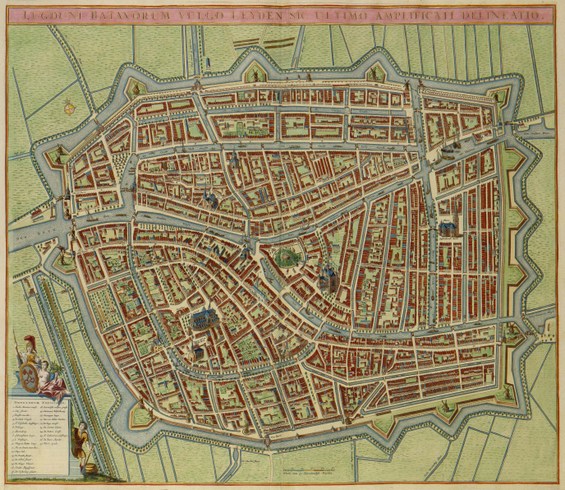
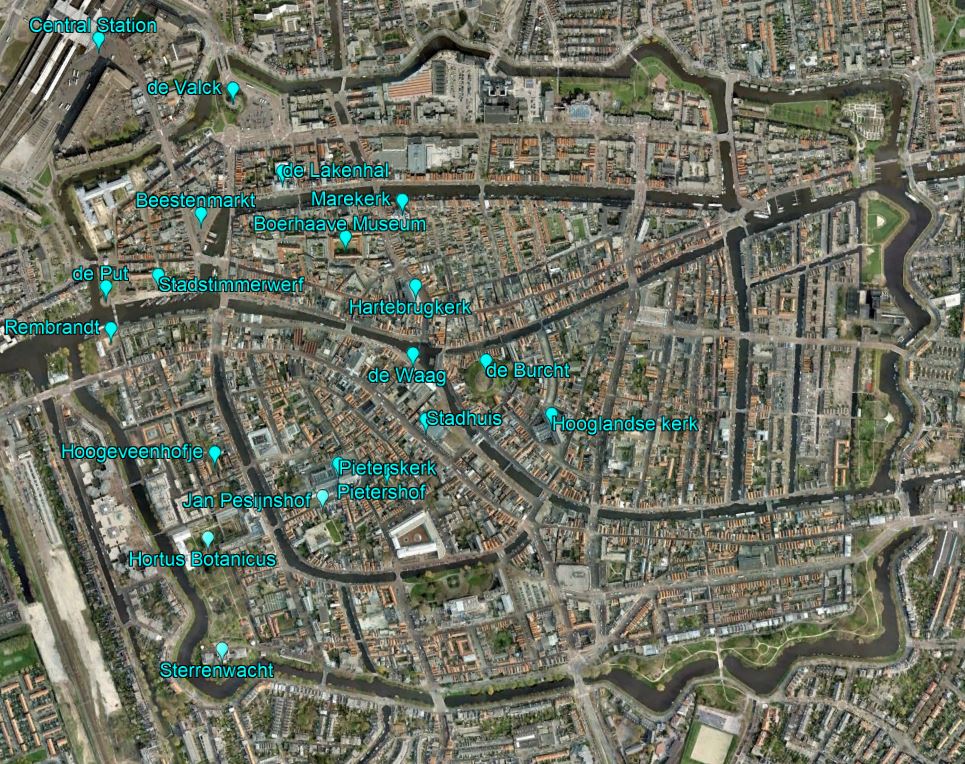
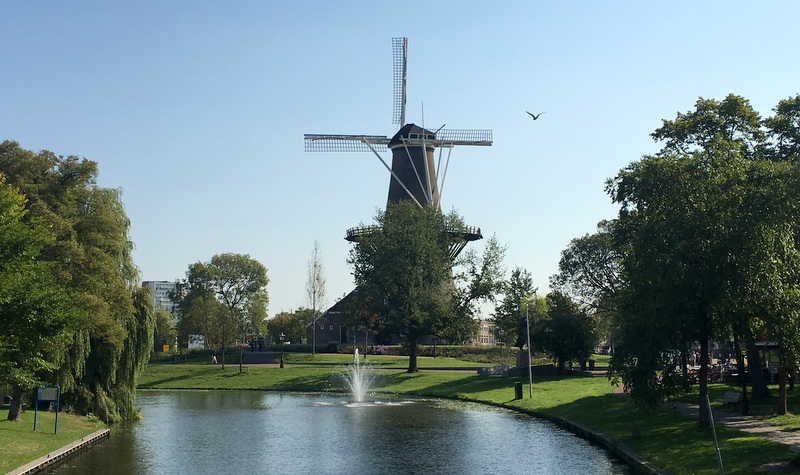
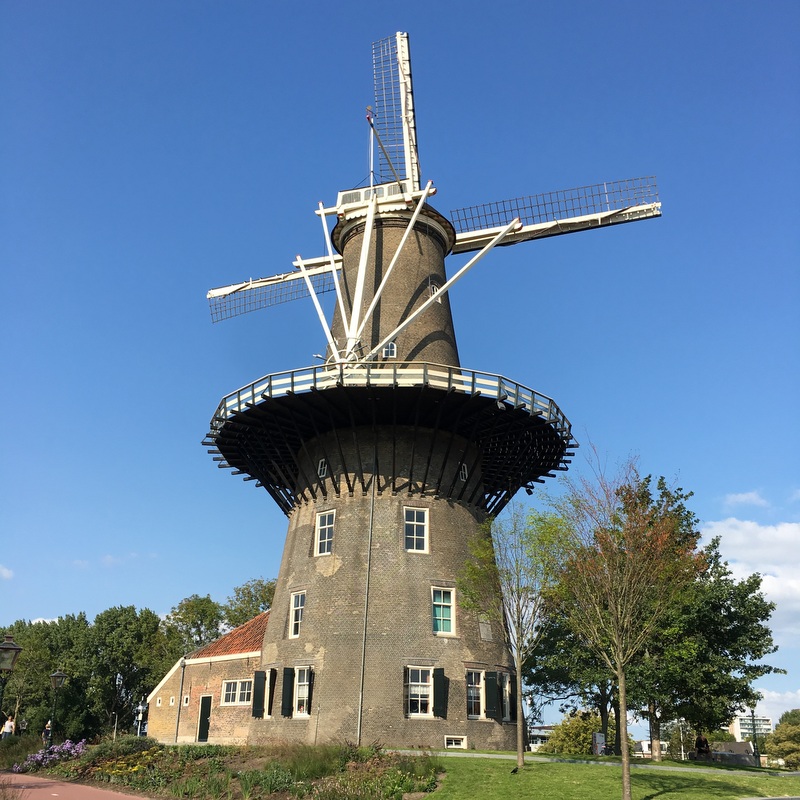

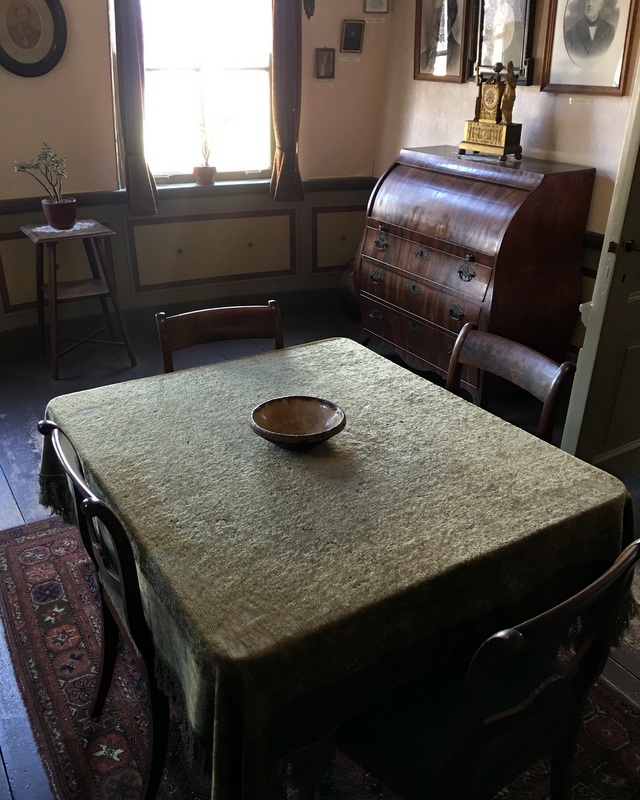

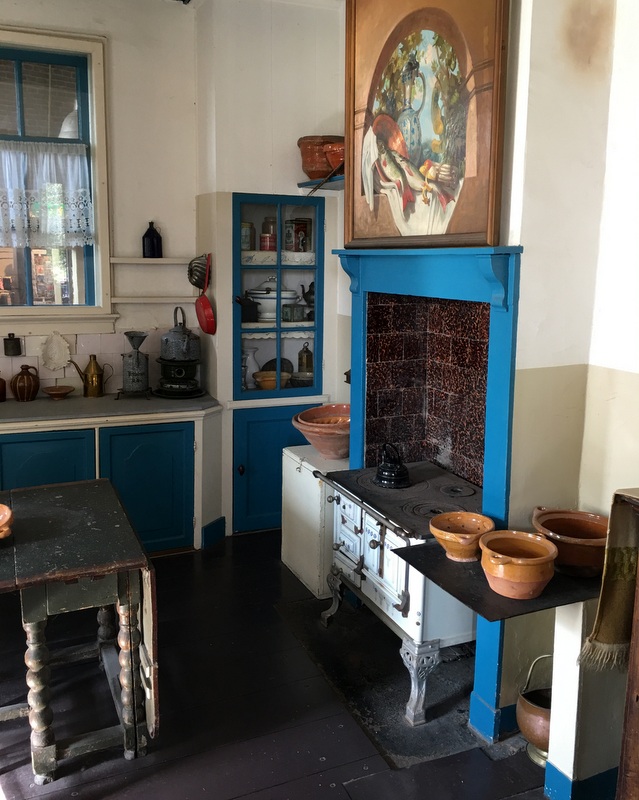
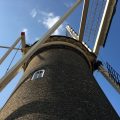
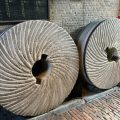
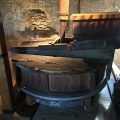
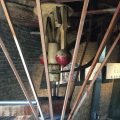
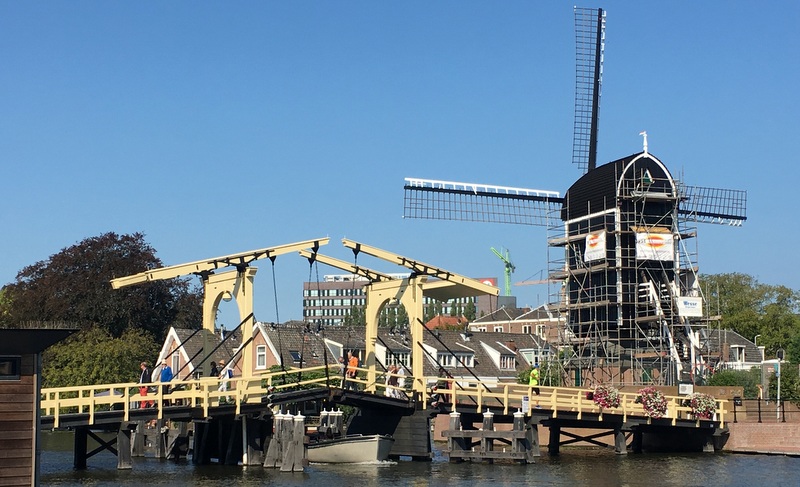
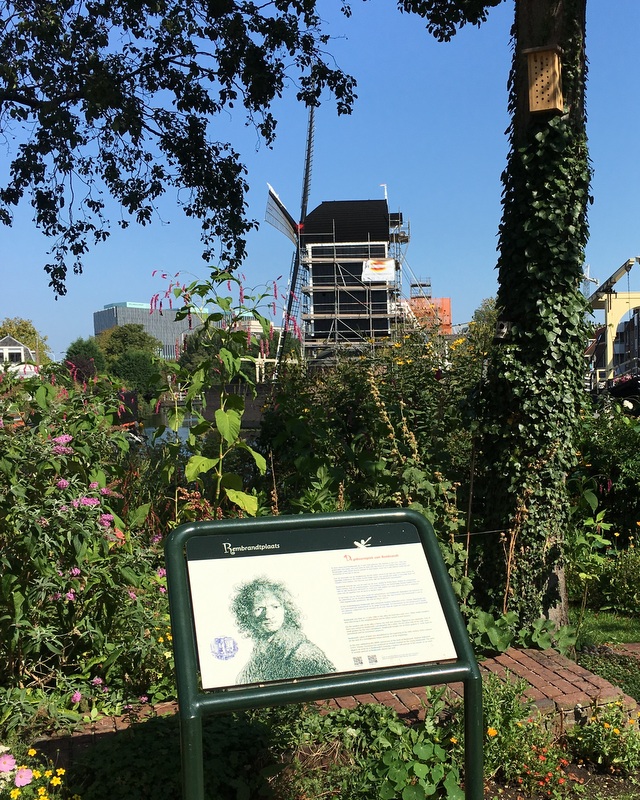
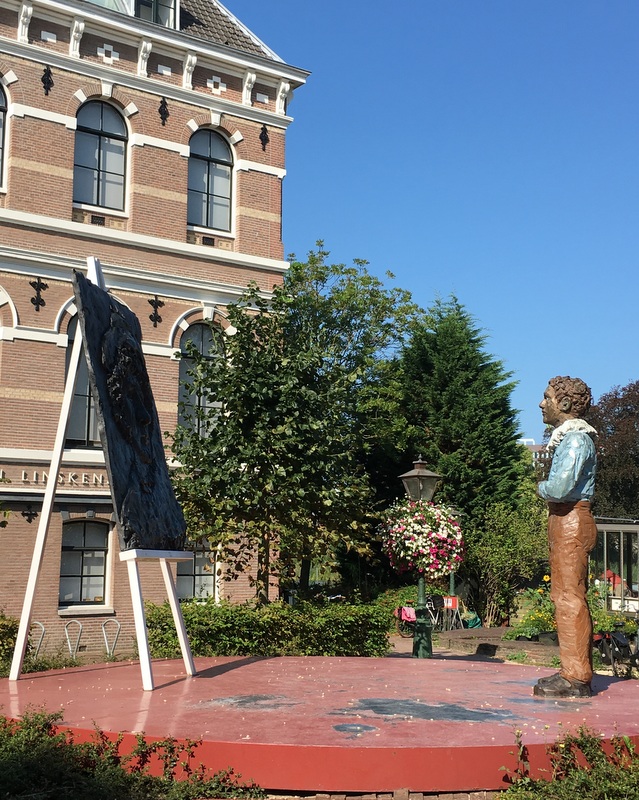
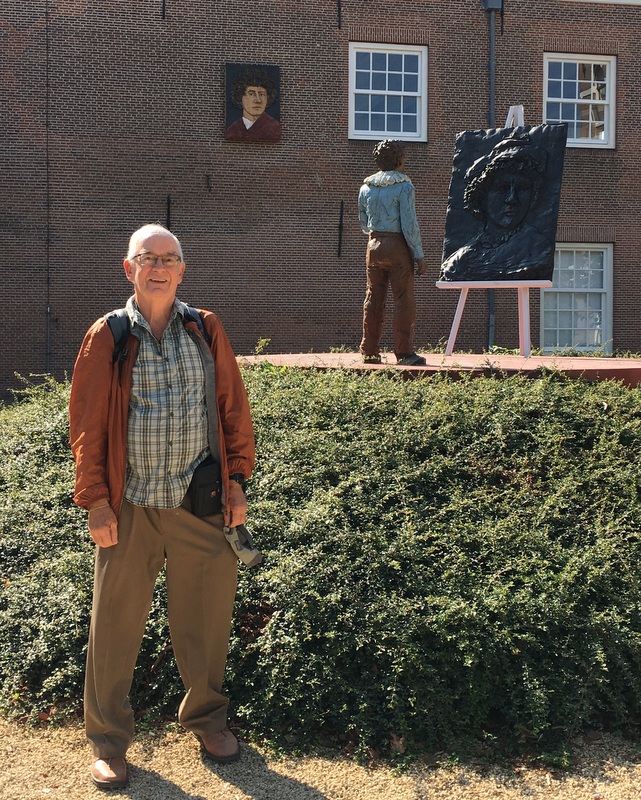
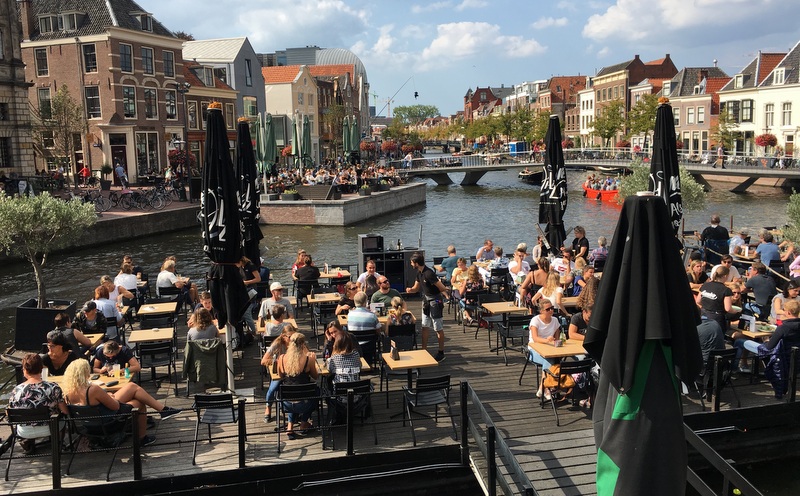
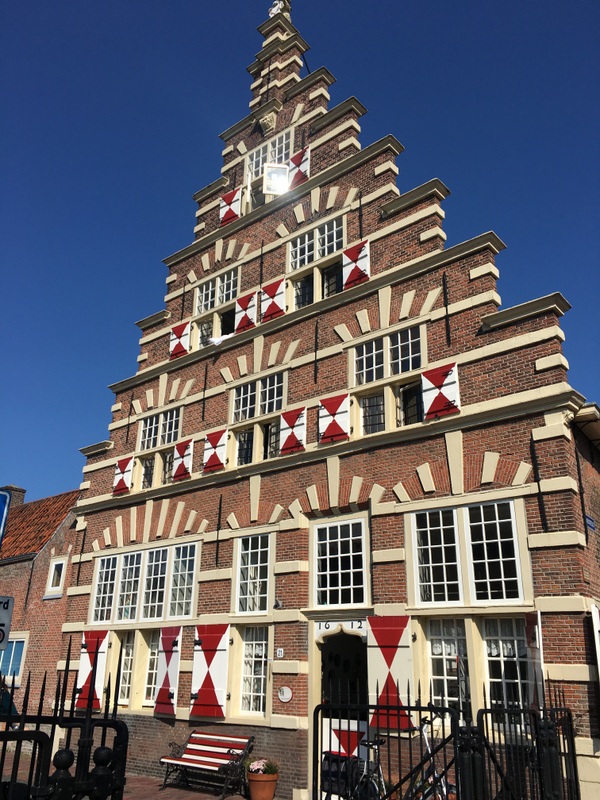

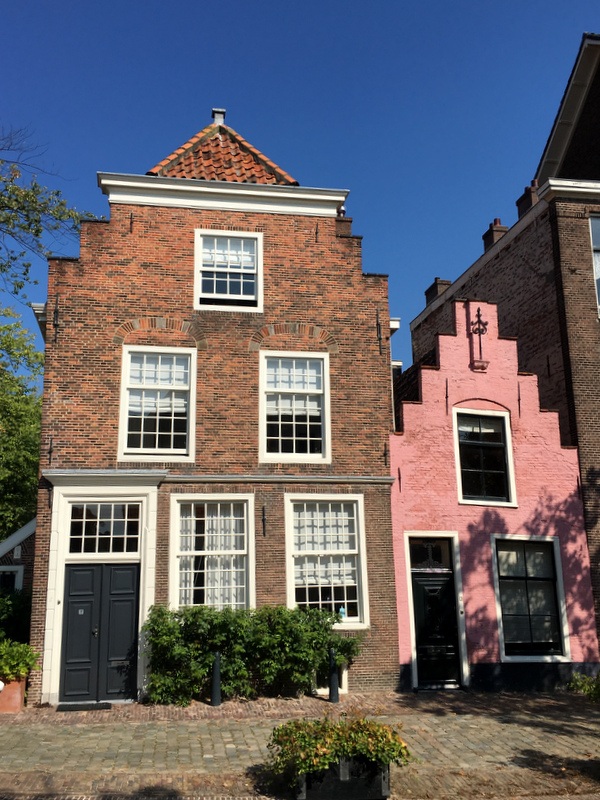

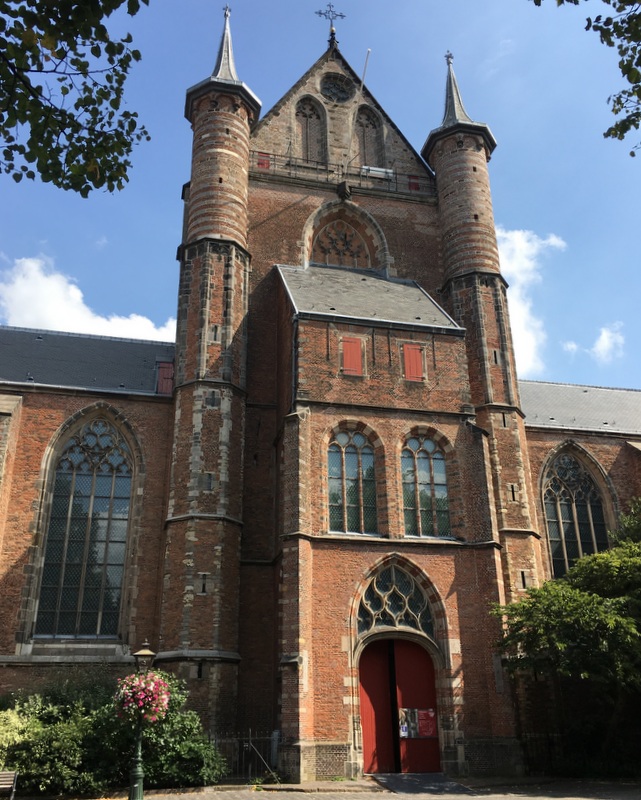
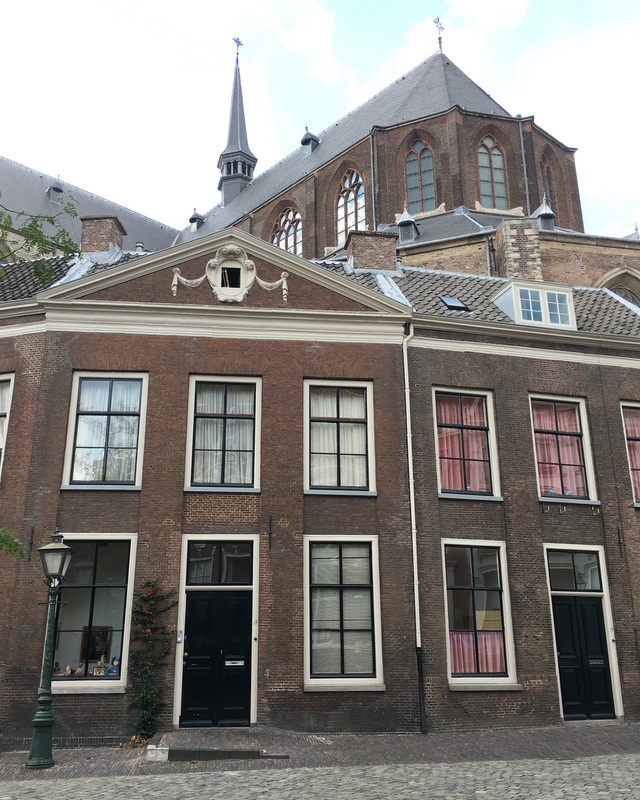

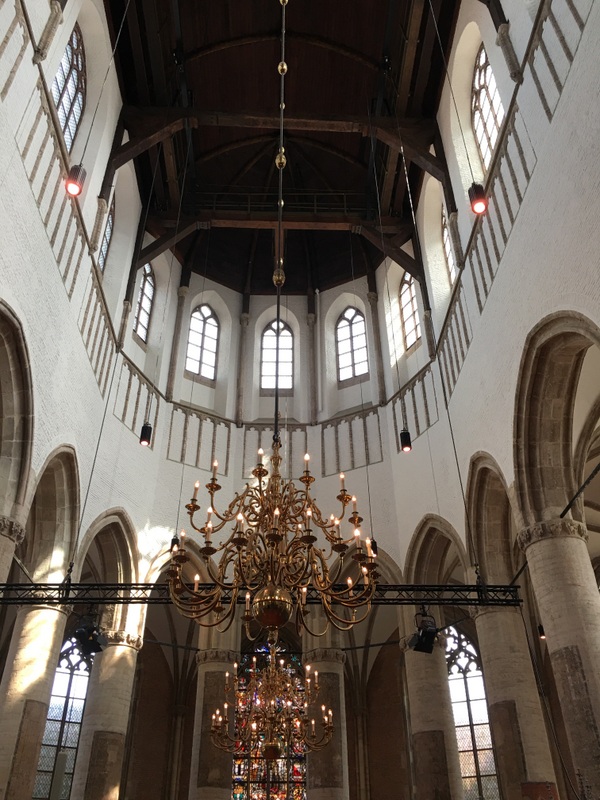
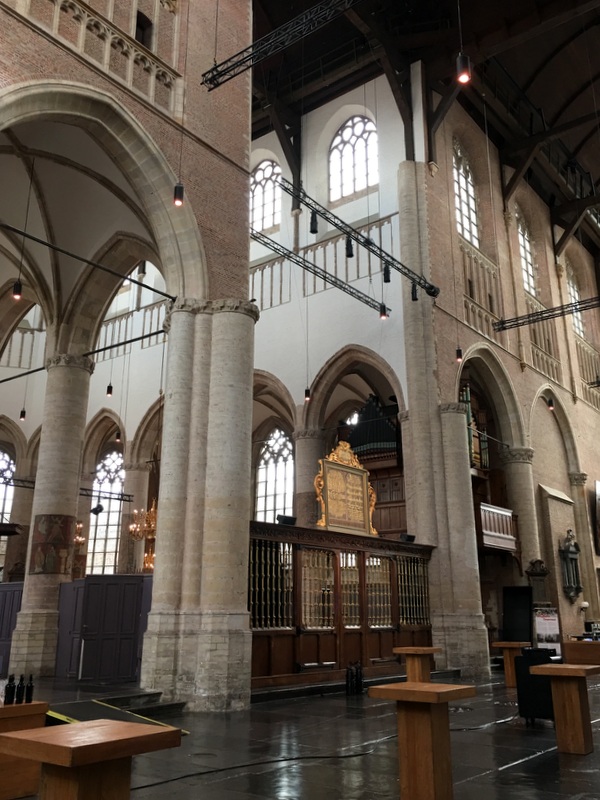
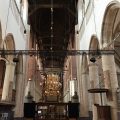
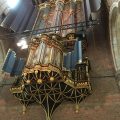
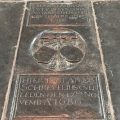
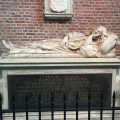
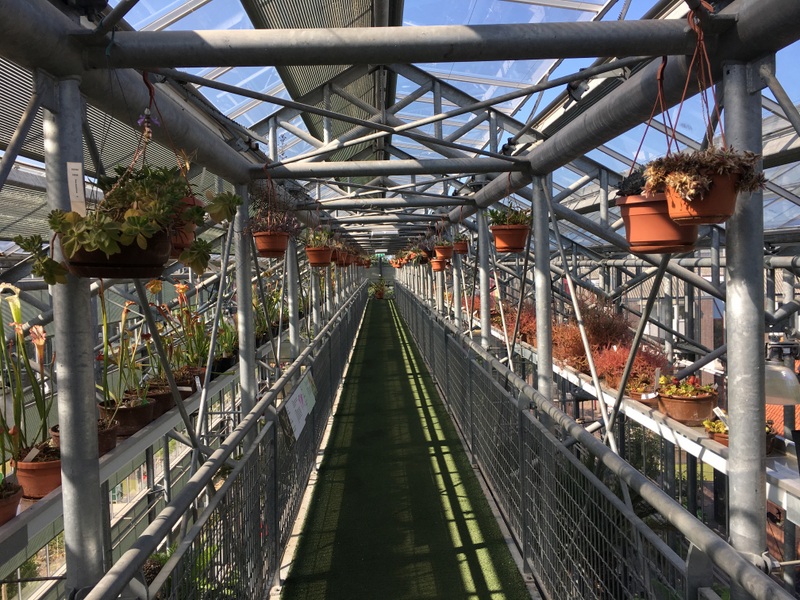
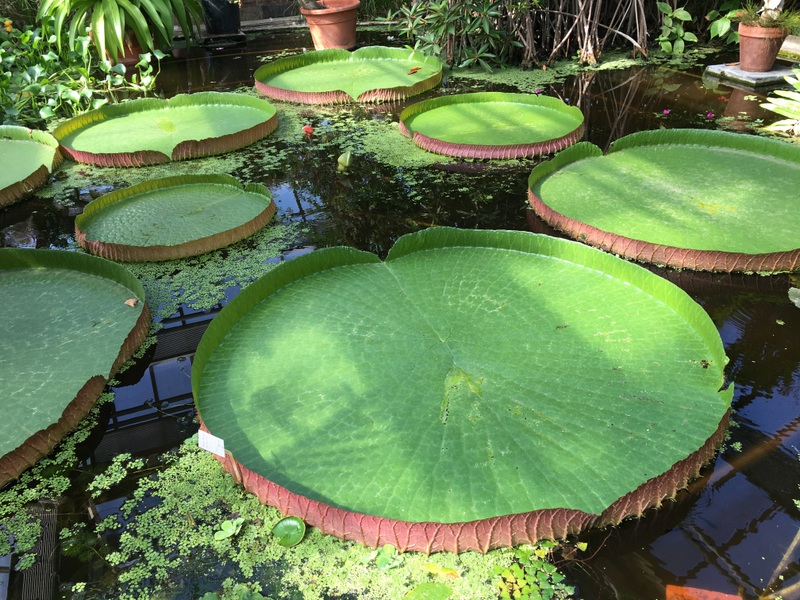
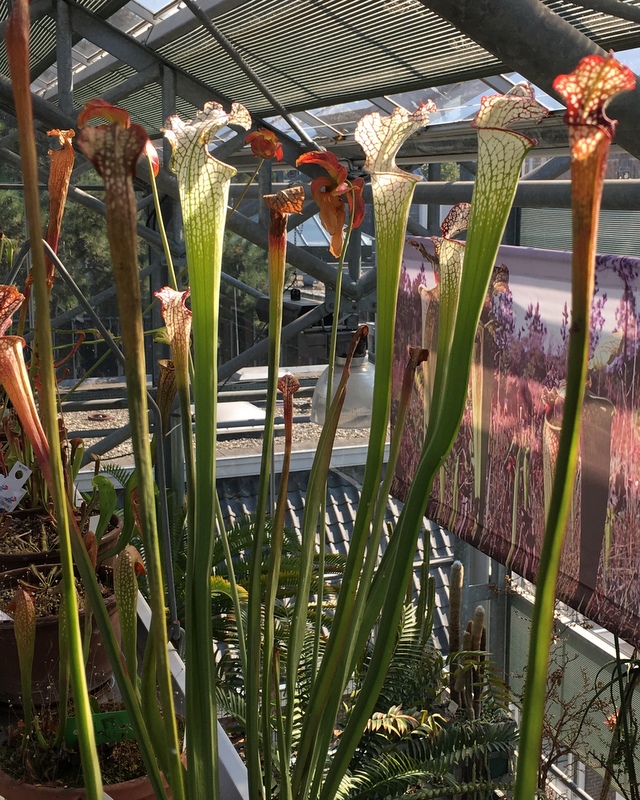
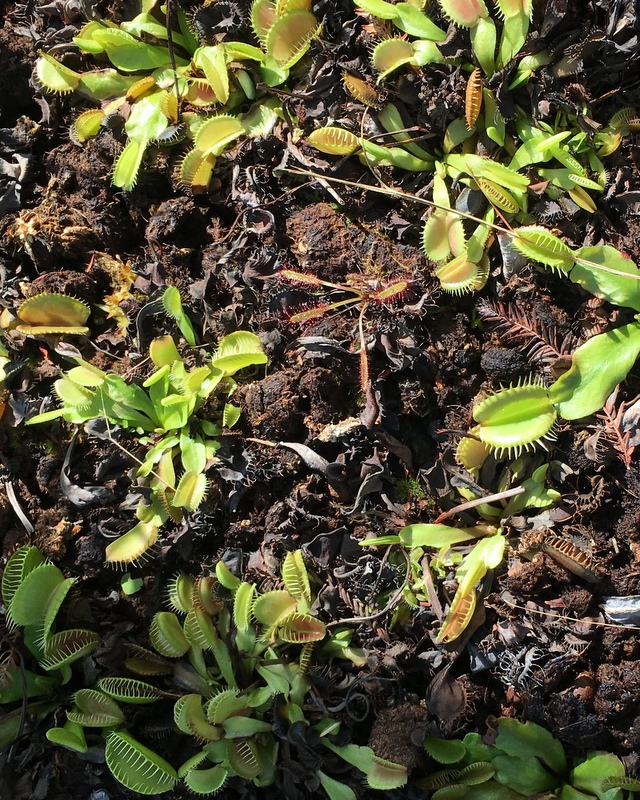
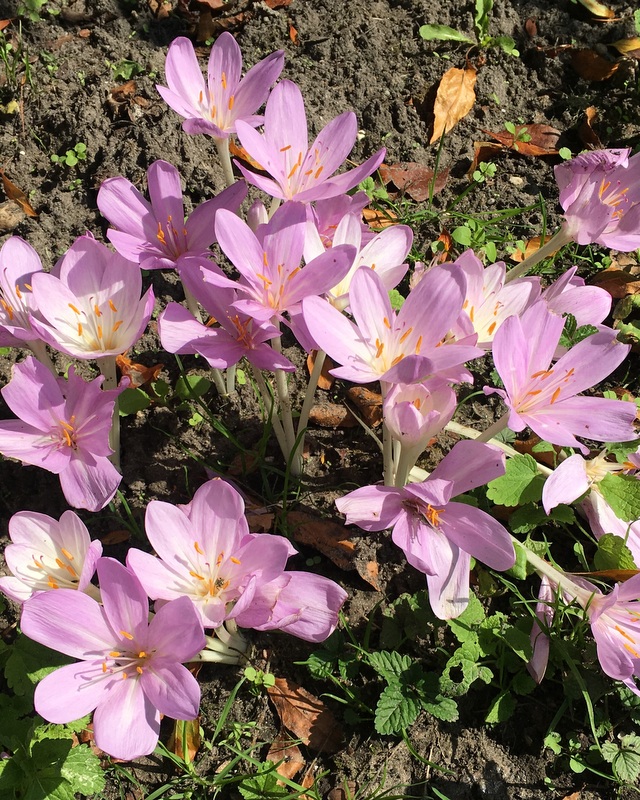
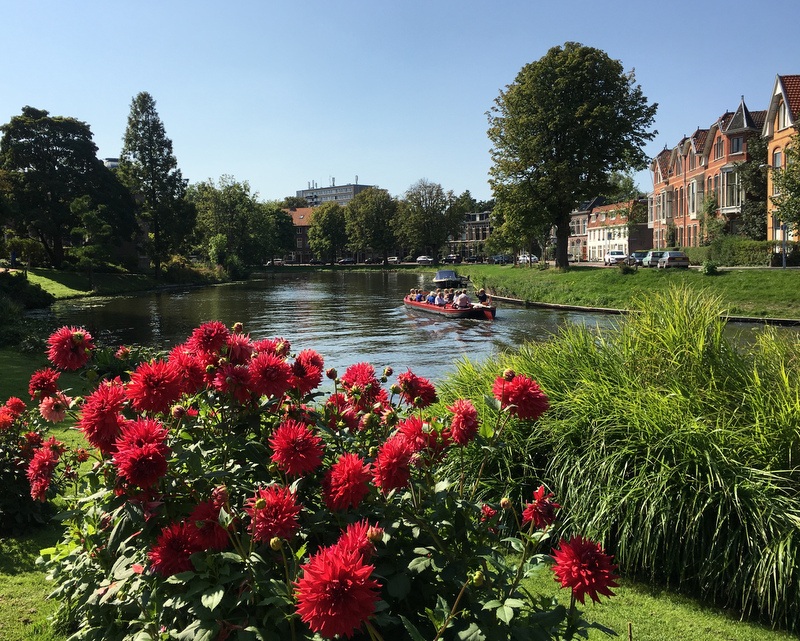



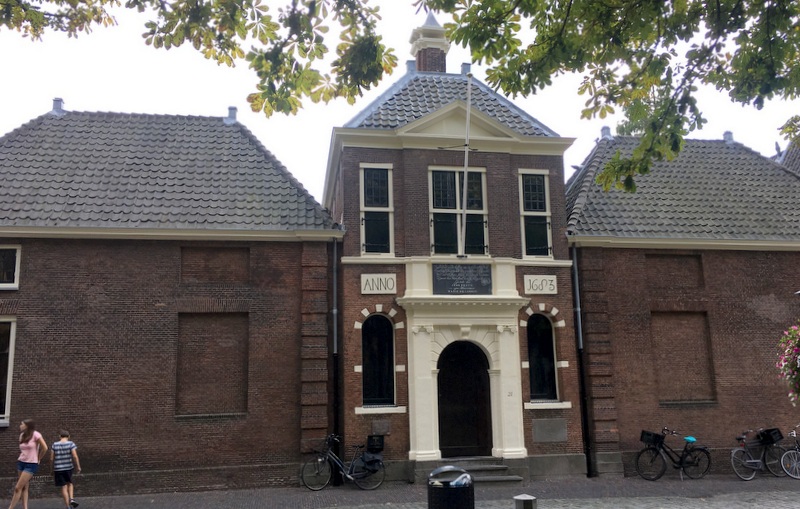
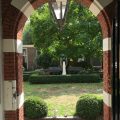
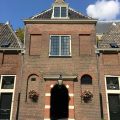
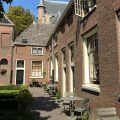
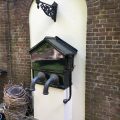
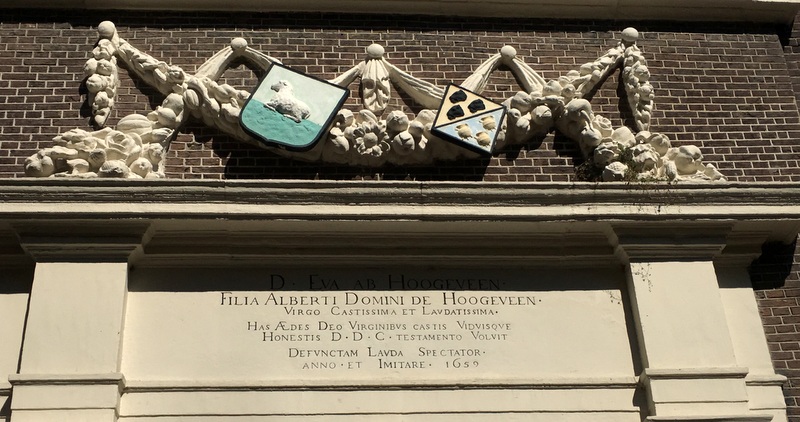
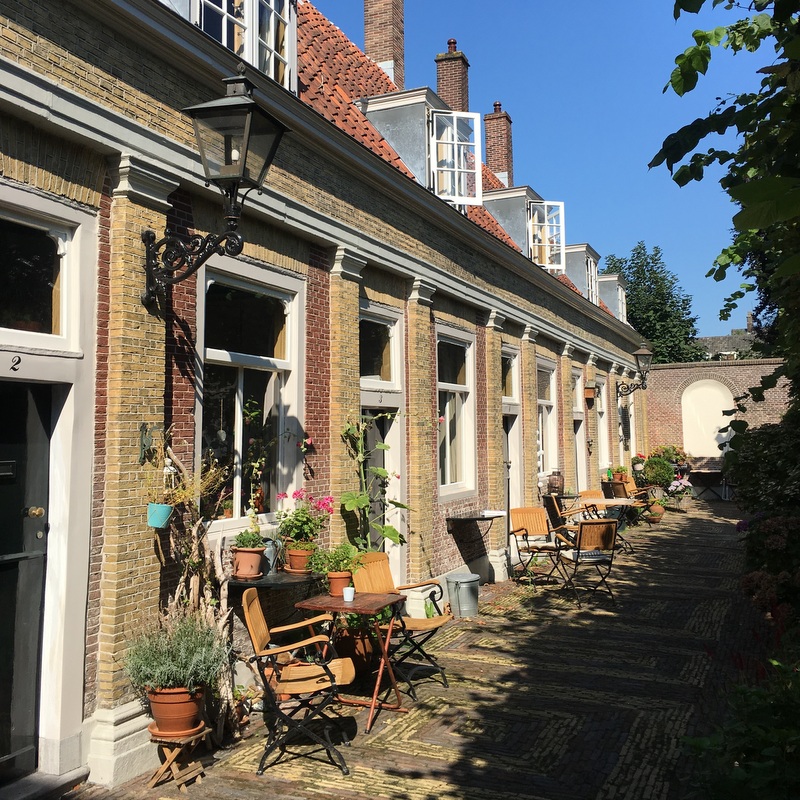
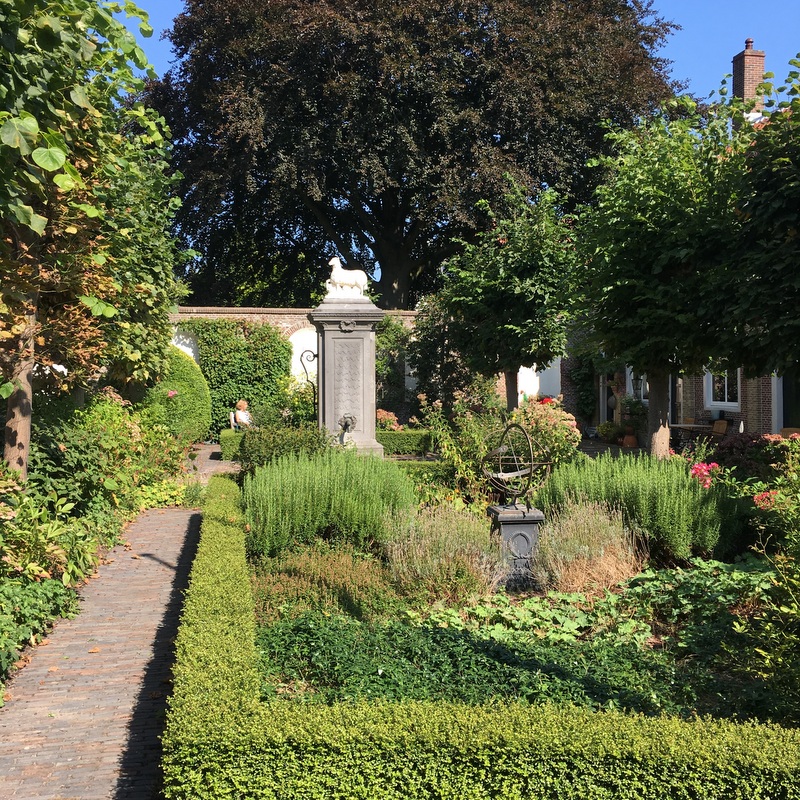
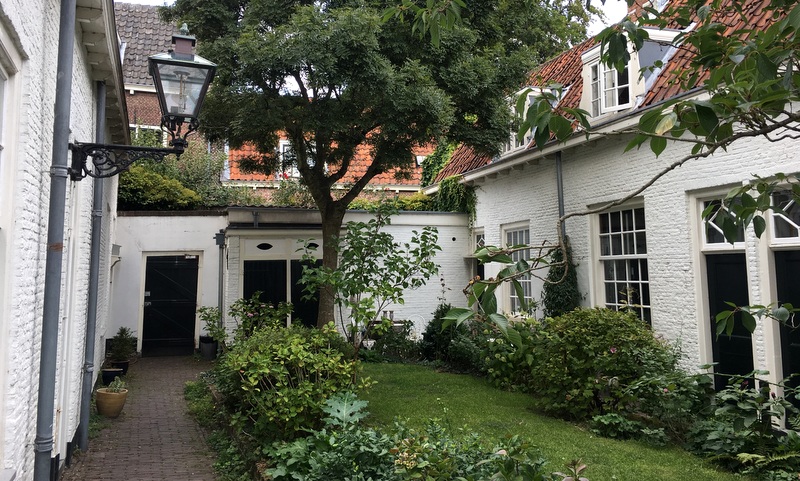
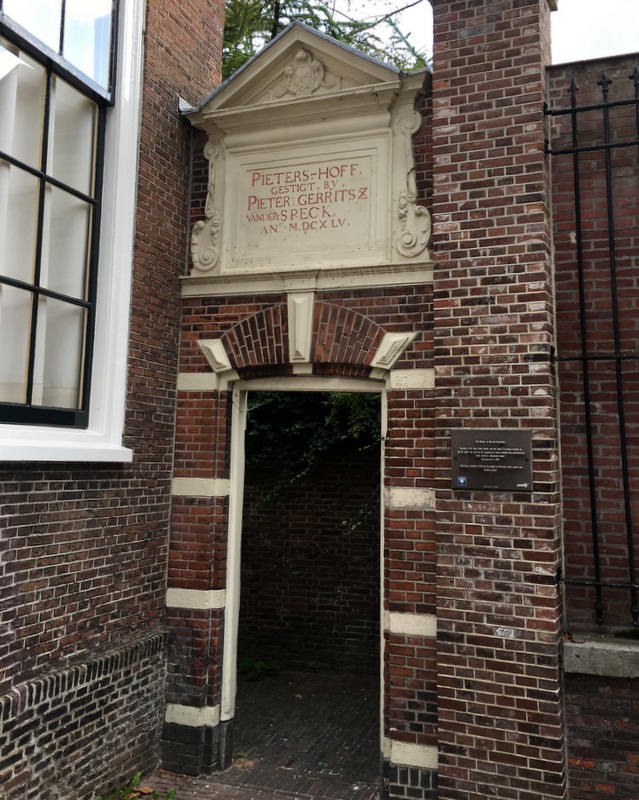
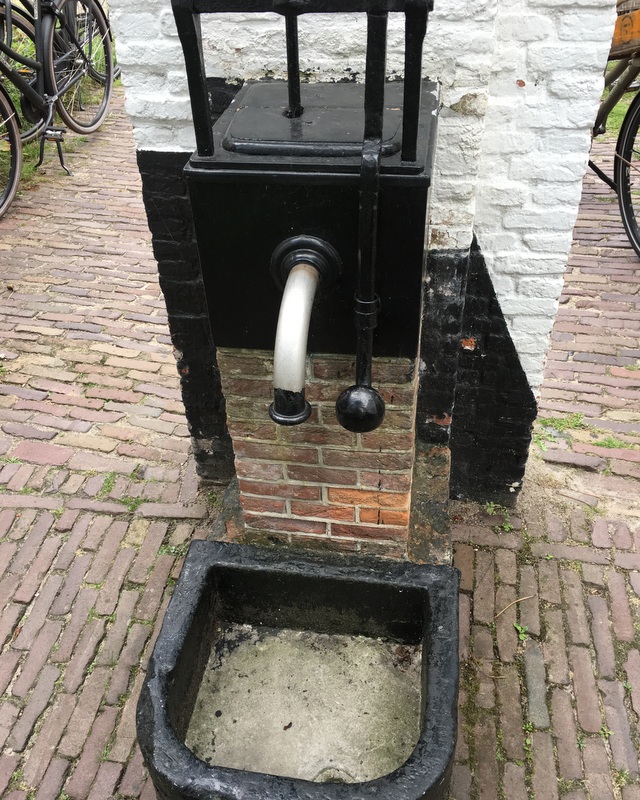

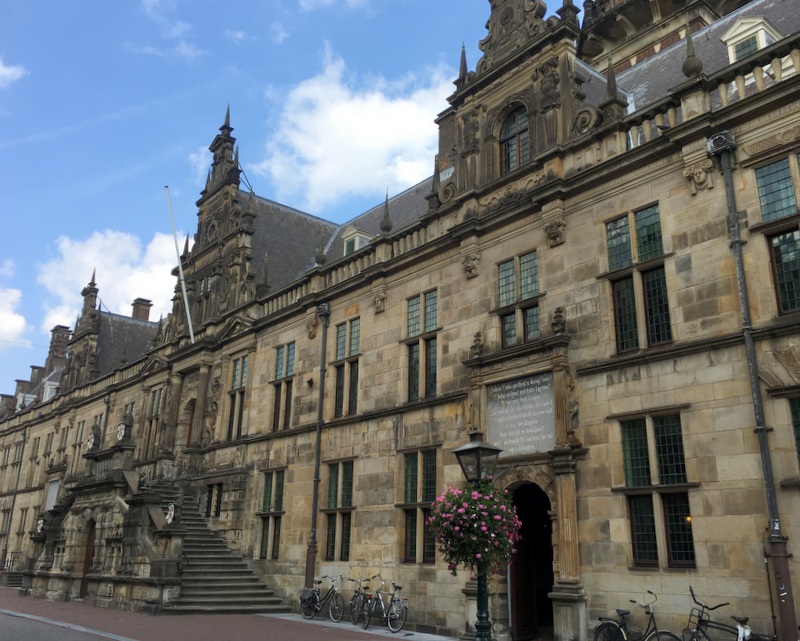

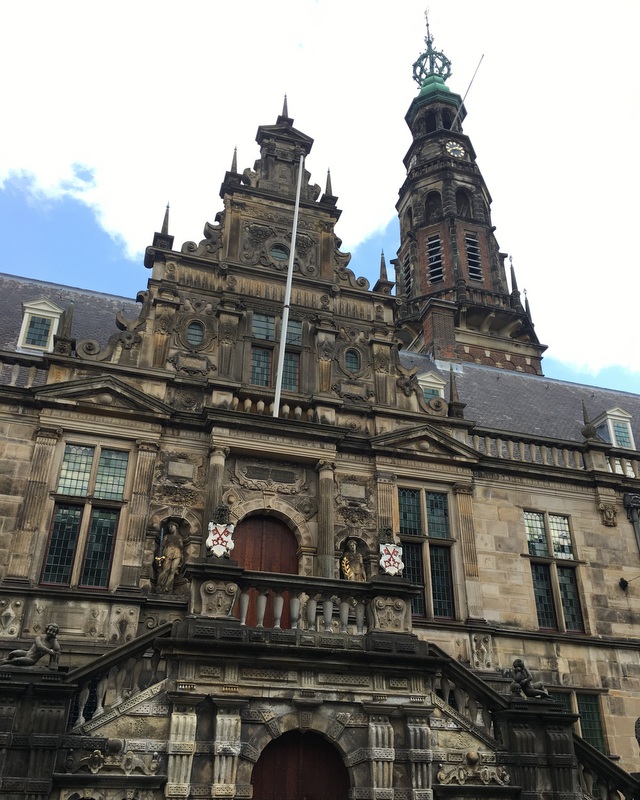
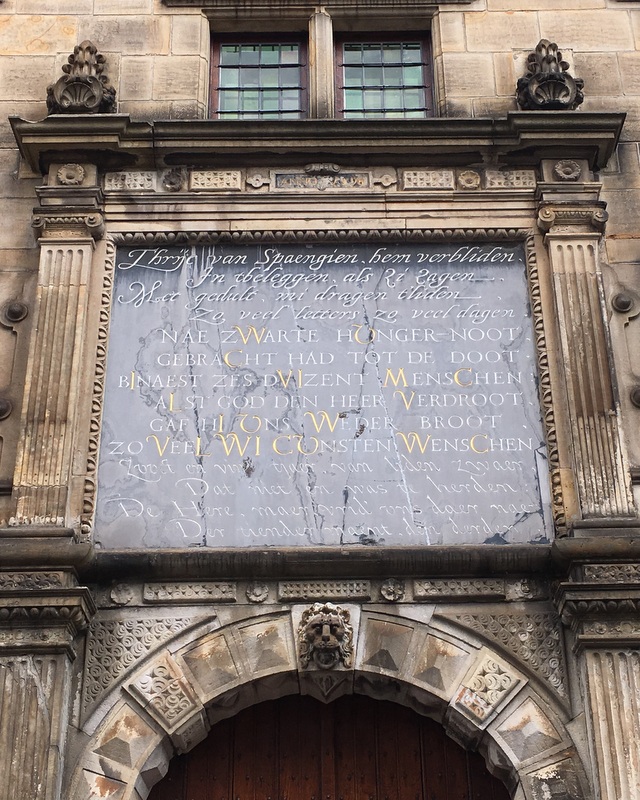
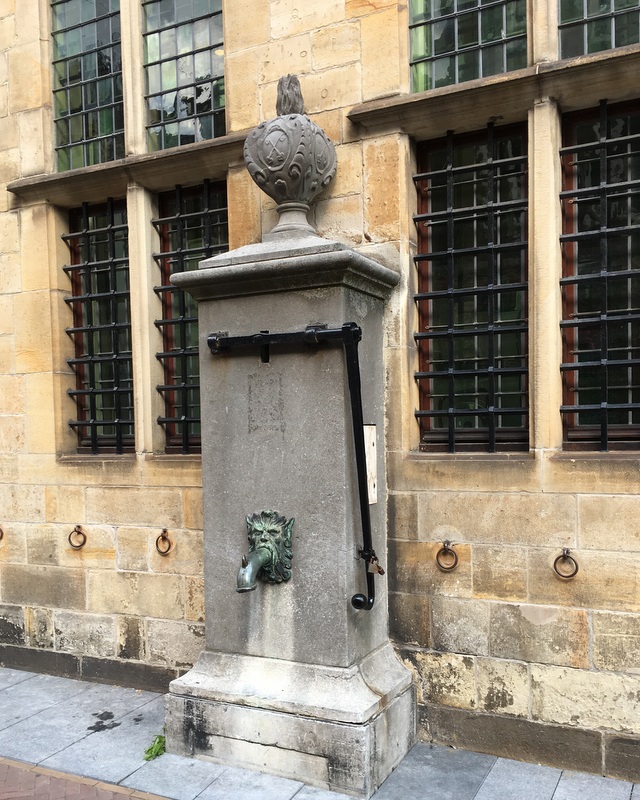
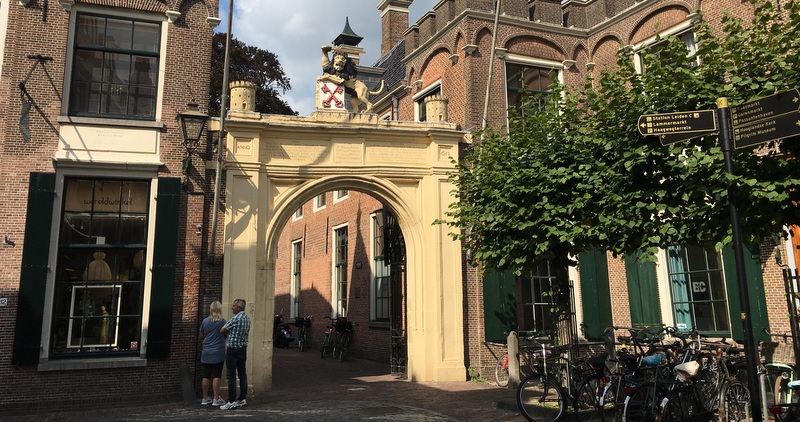
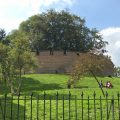
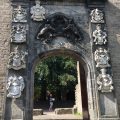
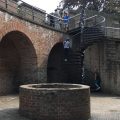
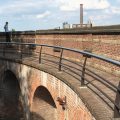
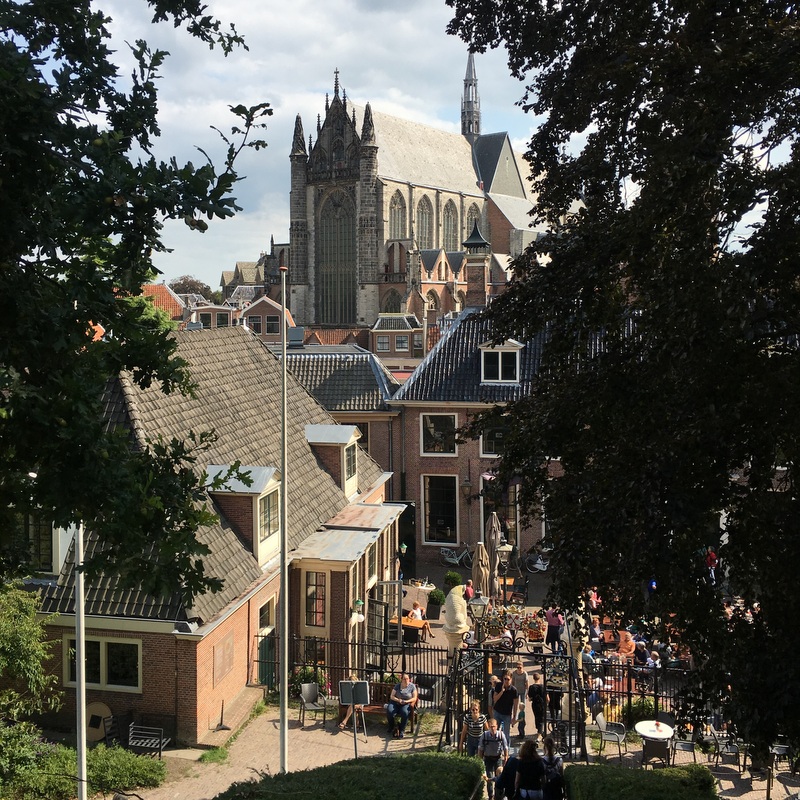
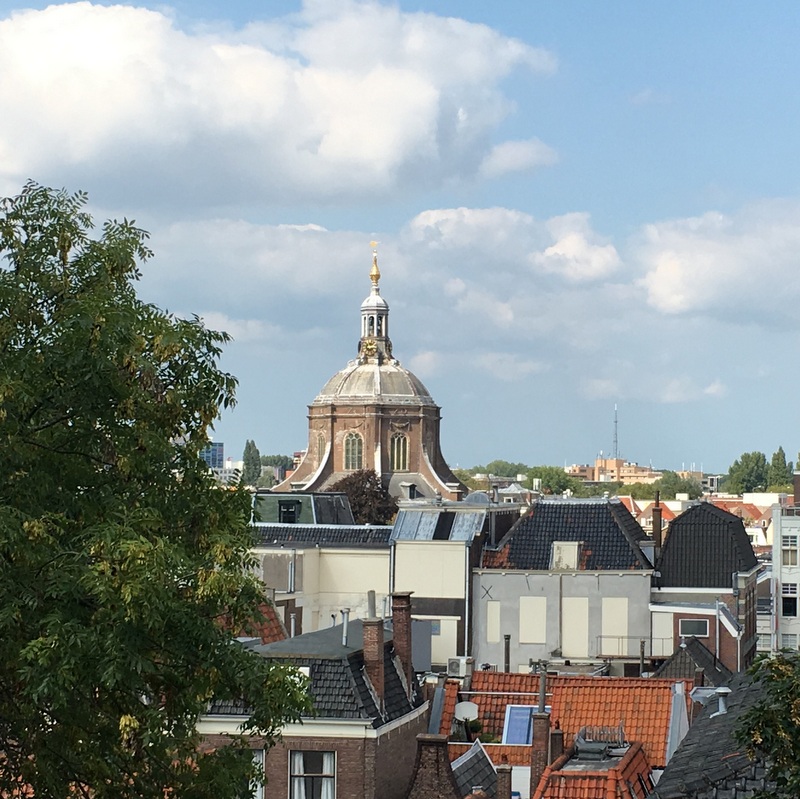
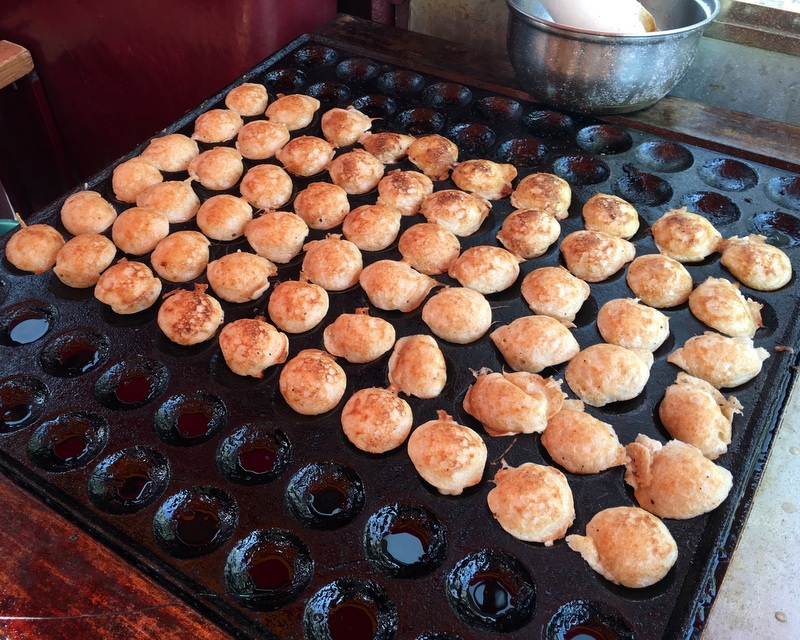
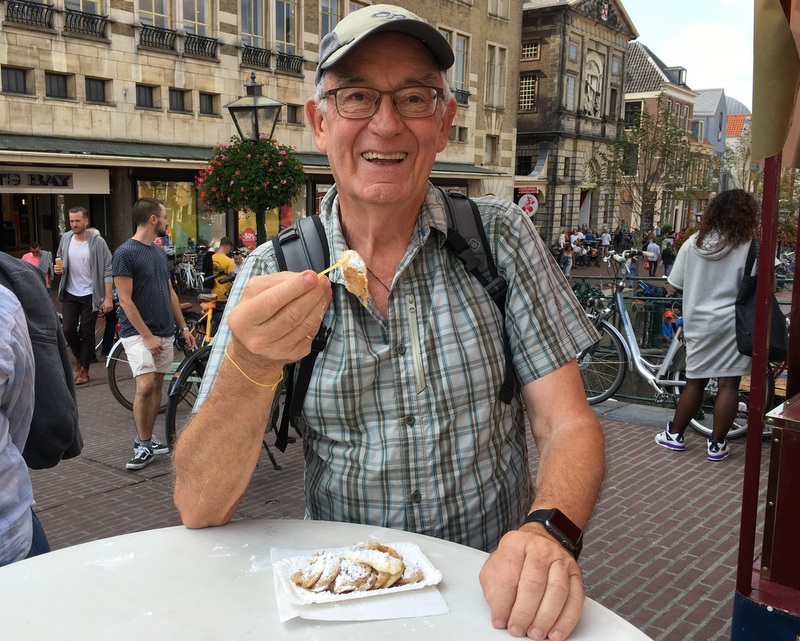
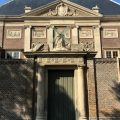
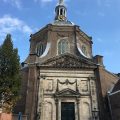
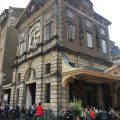
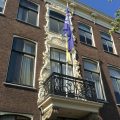
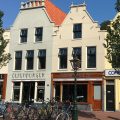
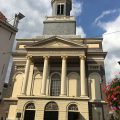
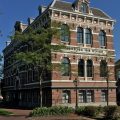
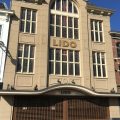
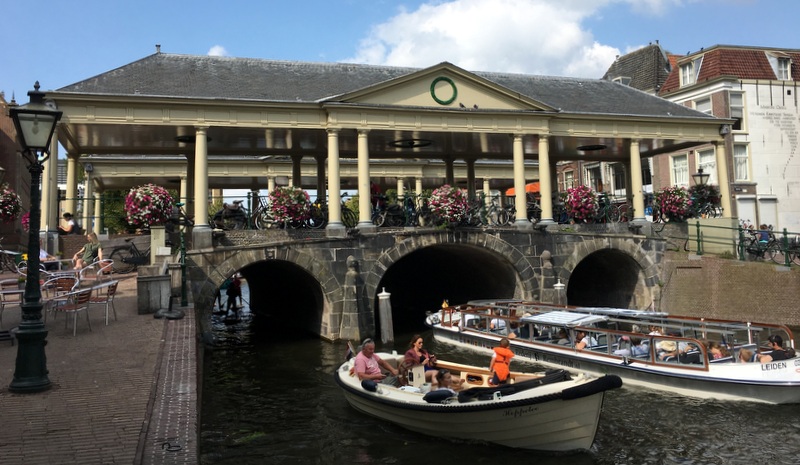
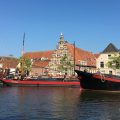
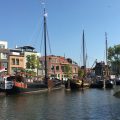
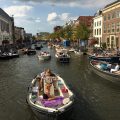
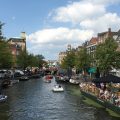
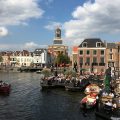
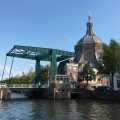
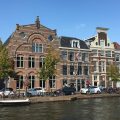
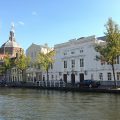
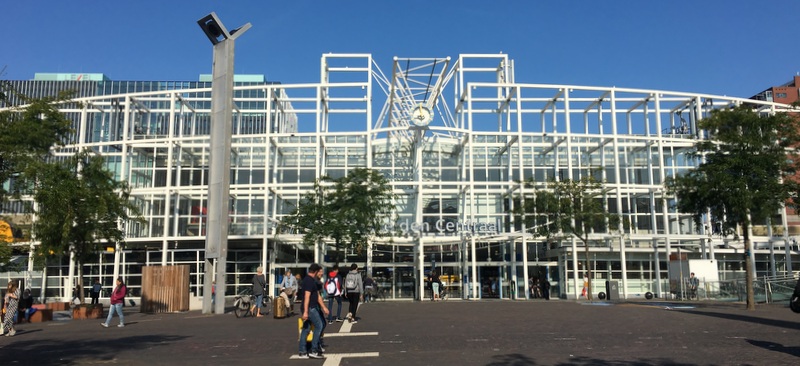
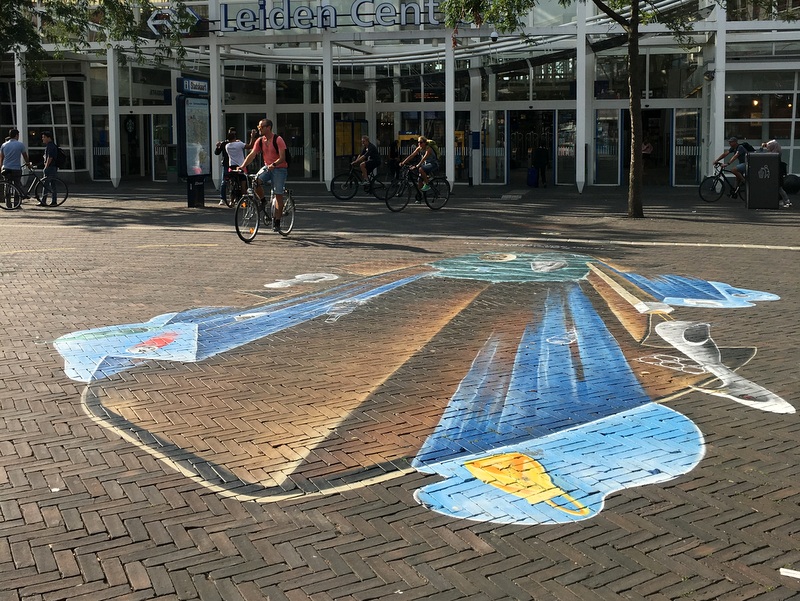
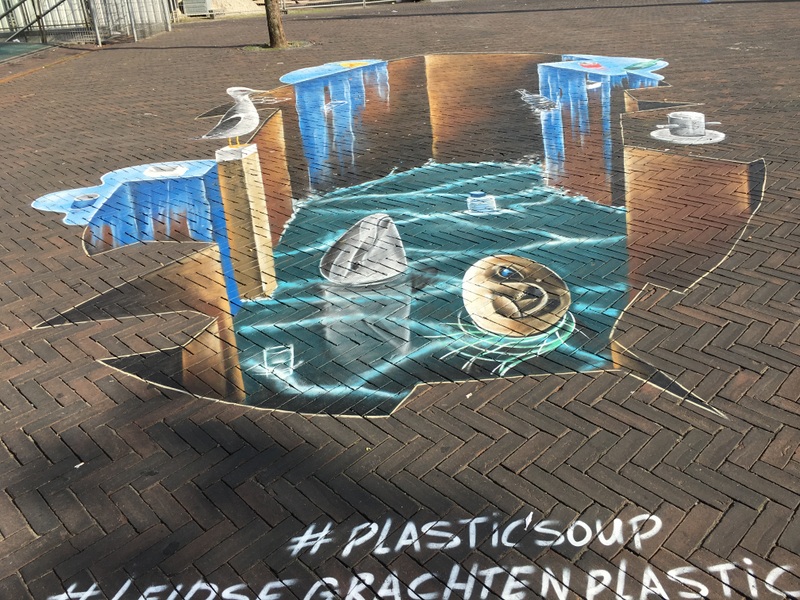
Wonderful. Even more attractive than Gronigen in a way . Maybe a charm of it’s own. 1516 is not very old . I think I am right that all these cities in Europe came about due to the wealth of the Dutch East Indies .
What a beautiful place with a beautiful history.